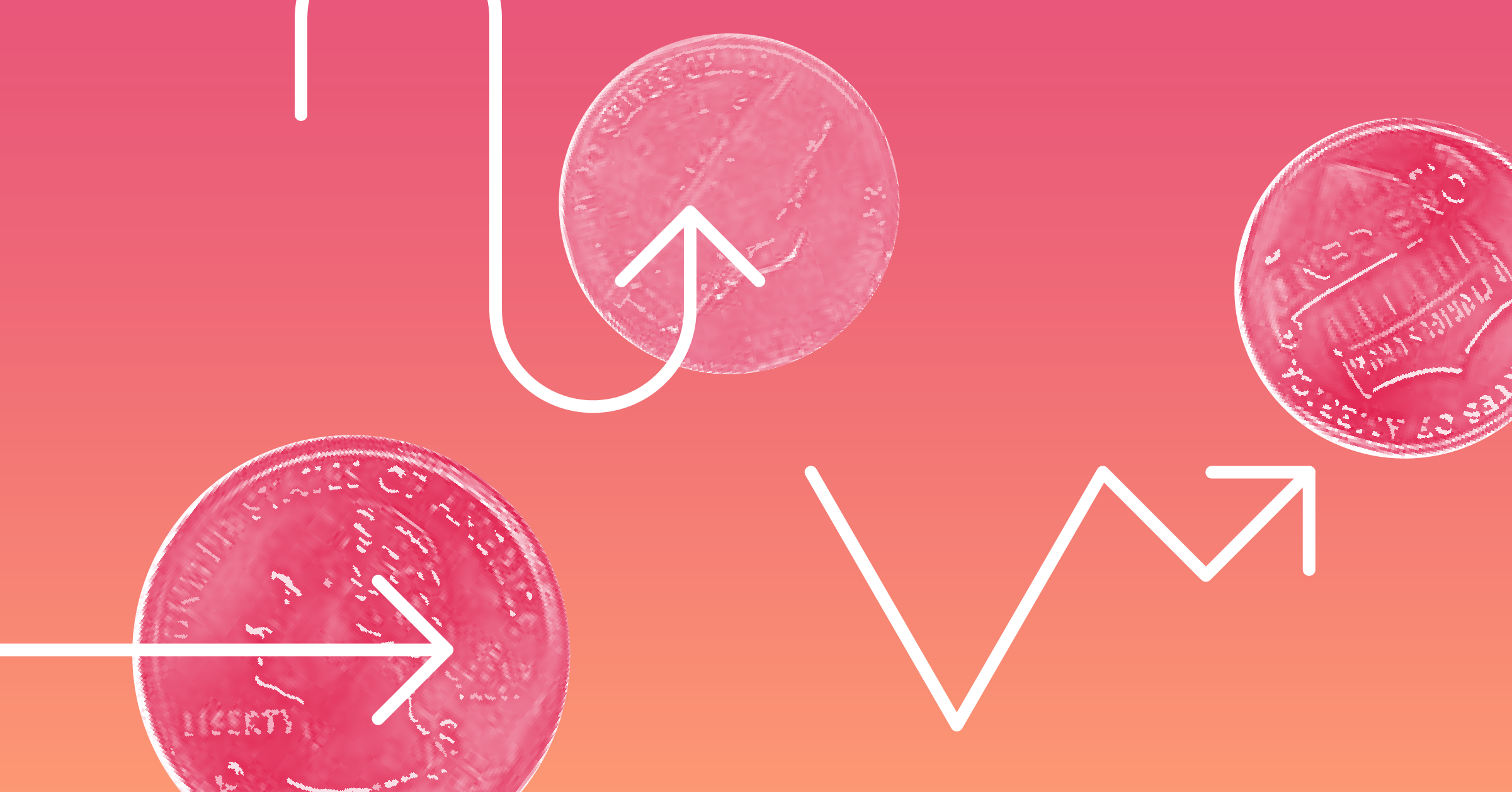6 Funds With the Biggest Fee Hikes
Shrinking asset bases have led to higher expense ratios.

It’s been a tough year in both the equity and fixed-income markets, so many funds’ asset bases have been pushed down by depreciation and, in some cases, outflows as well. Those declines have begun to drive fund fees upward. Let’s take a closer look at the funds with the biggest expense ratio increases thus far compared with 2021.
We give Alger Small Cap Focus AOFAX a Morningstar Analyst Rating of Bronze because of its proven manager and investment process, but the fund has been through the wringer of late. In the first six years after Amy Zhang took the helm in 2015, the fund had a strong run owing to deft stock selection and a strong preference for tech and healthcare stocks. But those same sector emphases, coupled with a taste for high-multiple stocks in particular, led to a steep 37.8% loss for the A shares in 2022, worse than 90% of the fund’s small-growth peers. Depreciation and outflows have pulled the fund’s assets down from $8.0 billion in mid-2021 to a recent $2.6 billion, and the fund’s prospectus adjusted expense ratio rose from 1.22% in 2021 to 1.32%. The previous expense ratio was slightly below the median for front-load small-cap funds, while the new figure resides in the second-most expensive quintile of that group. The fund reopened to new investors in October 2022 for the first time in three years, so it’s possible that flows will stabilize or even turn around. But continued net redemptions or investment losses could cause the fund to become pricier still.
T. Rowe Price GNMA PRGMX held up relatively well in 2022′s turmoil, losing slightly less than its typical intermediate government Morningstar Category peer. But a poor stretch of relative performance from 2017 through 2021 dented its long-term record and led to net outflows ($256 million over the trailing three years). Assets have shrunk from $1.2 billion in early 2021 to a recent $1.0 billion. As a result, the fund’s prospectus adjusted expense ratio rose from 0.50% in 2021 to 0.58%. Among no-load government-bond funds, which tend to be cheaply priced, the fund now ranks in the group’s most expensive third. Portfolio manager Keir Joyce, a T. Rowe Price veteran, was named here in 2019 and has started to close the gap with peers, which may put fees and assets on a more solid footing.
Shareholders of Templeton Global Bond TPINX have experienced seesawing relative returns. That’s because a highly capable but adventurous team led by Michael Hasenstab makes bold bets (particularly on emerging-markets debt) that have sometimes gone awry. The ups and downs have led to substantial outflows—$2.1 billion over one year and $28.9 billion over five years—and assets have been cut in half just since mid-2021, even though the fund weathered 2022′s storm fairly well. The A shares’ expense ratio rose from 0.92% to 0.97%, which lands on the cusp of the front-load global-bond group’s second-priciest quintile.
A passel of Fidelity’s equity funds has substantially raised fees of late: The expense ratios of Fidelity Large Cap Stock FLCSX, Fidelity Low-Priced Stock FLPSX, and Fidelity Value Discovery FVDFX have risen anywhere from 5 to 17 basis points since 2021. In each case, these increases owed largely or completely to strong recent performance. Each fund adjusts its management fee annually based on its rolling three-year performance relative to its prospectus benchmark. Investors will thus pay a higher fee, at least in the short term, based on past performance. But if performance slips again, they’ll pay less if they hang on to the fund.
This article first appeared in the December 2022 issue of Morningstar FundInvestor. Download a complimentary copy of FundInvestor by visiting this website.
The author or authors do not own shares in any securities mentioned in this article. Find out about Morningstar’s editorial policies.

/s3.amazonaws.com/arc-authors/morningstar/e9419b77-5e99-4d39-8b08-8c553bef37bd.jpg)
/cloudfront-us-east-1.images.arcpublishing.com/morningstar/5WSHPTEQ6BADZPVPXVVDYIKL5M.png)
/cloudfront-us-east-1.images.arcpublishing.com/morningstar/OMVK3XQEVFDRHGPHSQPIBDENQE.jpg)
/cloudfront-us-east-1.images.arcpublishing.com/morningstar/BNHBFLSEHBBGBEEQAWGAG6FHLQ.png)
:quality(80)/s3.amazonaws.com/arc-authors/morningstar/e9419b77-5e99-4d39-8b08-8c553bef37bd.jpg)